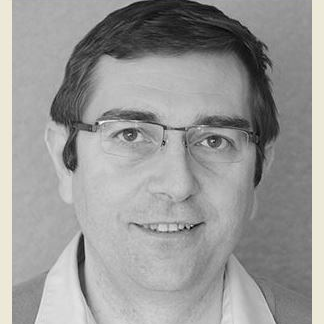Solar Energy Harvesting, Storage and Application
A special issue of Energies (ISSN 1996-1073). This special issue belongs to the section "D: Energy Storage and Application".
Deadline for manuscript submissions: closed (20 December 2019) | Viewed by 21464
Special Issue Editor
Interests: energy harvesting; solar energy; power and energy architectures; energy conversion and storage; energy conversion and efficiency; maximum power point tracking techniques; energy management; DC-DC conversion; operation under faulty conditions; prognostics and diagnostics; fault tolerant operation
Special Issues, Collections and Topics in MDPI journals
Special Issue Information
Dear Colleagues,
We are inviting submissions to a Special Issue of the Energies journal on the subject area of “Solar Energy Harvesting, Storage and Application”. Solar energy harvesting for electrical power generation appears to be one of the best solutions for providing sufficient and clean electrical energy. Nevertheless, increasing the efficiency and reliability of PV systems is challenging. Thus, the associated PV modules, energy storage systems, MPPT techniques, DC–DC converters, and control methods are crucial in order to perform critical global targets in energy efficiency and fault tolerant operation.
Topics of interest for publication include, but are not limited to, the following:
- Materials for highly efficient solar cells;
- PV systems: power and energy architectures, energy management, advanced control method under healthy and faulty conditions, and islanded PV systems;
- Energy storage for PV systems: batteries, electrochemical capacitors, super capacitors, and hybrid energy storage;
- Monitoring of aging and supervision of energy storage systems;
- Power electronics interface for PV systems and associated storage: DC–DC conversion, DC–AC inverters, design and control of emerging converters topologies, fault tolerant operation and diagnosis, reliability, power quality, and power density;
- Maximum power point tracking techniques;
- PV systems modeling and control: modeling and control including energy storage, methodologies, and application cases, including safety critical operation.
Prof. Dr. Philippe Poure
Guest Editor
Manuscript Submission Information
Manuscripts should be submitted online at www.mdpi.com by registering and logging in to this website. Once you are registered, click here to go to the submission form. Manuscripts can be submitted until the deadline. All submissions that pass pre-check are peer-reviewed. Accepted papers will be published continuously in the journal (as soon as accepted) and will be listed together on the special issue website. Research articles, review articles as well as short communications are invited. For planned papers, a title and short abstract (about 100 words) can be sent to the Editorial Office for announcement on this website.
Submitted manuscripts should not have been published previously, nor be under consideration for publication elsewhere (except conference proceedings papers). All manuscripts are thoroughly refereed through a single-blind peer-review process. A guide for authors and other relevant information for submission of manuscripts is available on the Instructions for Authors page. Energies is an international peer-reviewed open access semimonthly journal published by MDPI.
Please visit the Instructions for Authors page before submitting a manuscript. The Article Processing Charge (APC) for publication in this open access journal is 2600 CHF (Swiss Francs). Submitted papers should be well formatted and use good English. Authors may use MDPI's English editing service prior to publication or during author revisions.
Keywords
- Solar energy harvesting and advanced materials for solar cells
- Power and energy architectures for PV systems
- Power electronics
- DC–DC converters
- Energy conversion and efficiency
- Energy management
- Energy storage systems
- Maximum power point tracking techniques
- Fault tolerant operation of PV systems
- Efficient and reliable converters under faulty conditions





